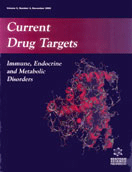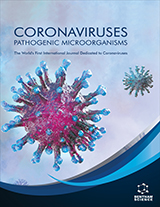Abstract
Apicomplexan parasites are a large phylum of unicellular and obligate intracellular organisms of great medical importance. They include the human pathogens Plasmodium spp., the causative agent of malaria, and Toxoplasma gondii, an opportunistic parasite of immunosuppressed individuals and a common cause of congenital disease, together affecting several hundred million people worldwide. The search for new and effective drugs against these pathogens has been boosted during the last years by an unexpected finding. Through molecular and cell biological analysis it was realized that probably most members of this phylum harbor a plastid-like organelle, called the apicoplast, which probably is derived from the engulfment of a red alga in ancient times. Although the apicoplast itself contains a small circular genome, most of the proteome of this organelle is encoded in the nuclear genome, and the proteins are subsequently transported to the apicoplast. It is assumed to contain a number of unique metabolic pathways not found in the vertebrate host, making it an ideal “playground” for those interested in drug targets. Recent reports have shown that the rationale of this approach is valid and that new drugs which are urgently needed especially for plasmodial infections, might be developed in the near future based on these targets. Amongst them are three enzymes of the plant-like fatty acid synthesis machinery and enzymes of the non-mevalonat isoprenoid biosynthesis pathway. From their presence in the apicoplast it can be concluded that fatty acid and lipid biosynthesis seems to be a major function of the apicoplast. Another recently described apicoplast enzyme, ferredoxin-NADP+-reductase and its redox partner, ferredoxin, points to another interesting organelle-specific biosynthetic pathway, namely [Fe-S] cluster biosynthesis. In the present review, the fundamental aspects of the apicoplast as drug target will be described, together with the specific pathways and their currently known inhibitors. Furthermore, based on the recent findings potentially new targets will be discussed. A short overview of the presently available high-throughput methods for Apicomplexa to evaluate the potency of new inhibitory substances will also be given.
Keywords: toxoplasma gondii, plasmodium falciparum, apicoplast, ferredoxin redox system, fatty acid synthesis, isoprenoid biosynthesis, drug screening
 1
1

















